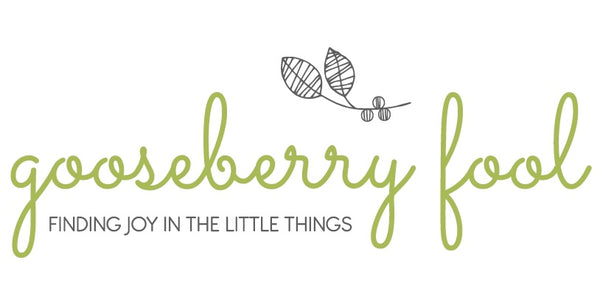One of the goals which is most important to me personally and to Gooseberry Fool as a brand is that of working towards increased sustainability. I have written a previous blog post about the difference between being ethical and sustainable, as these form the foundations of this brand. Whilst there are numerous benefits to using organic cotton (see previous blog post) I wanted to identify alternative fibres which may be more sustainable.

Whilst on my trip to India earlier this year, I took the opportunity to look at whether any other yarns were available, which would be suitable for babies skin. I looked at wool as an option, and whilst this is good at regulating temperatures, I had a number of reservations about it. So, when silk was suggested, I was intrigued as I had always thought of silk as delicate and fine, and wondered how durable and sustainable it is?

Upon exploring it further, engaging in conversations about it and seeing products made up in silk yarn, I was impressed, and decided to go ahead with a small collection to test the waters. The type of silk used is Eri silk. It is one of the most durable and strong fibres. Cooling in summer and warming in winter.

The silkworms are found in parts of northern India, in areas like Assam. Farming silk is a very long process, the growth of the worm itself takes 30 days, during which time it continuously eats castor leaves. Once they are fully grown, the worms will spin their cocoon which can take another 15 days. Eri silk can also be called peace silk as it does not harm the worm or the moth. The cocoons are open mouthed so that the moth can leave the cocoon after spinning and fly away. The empty cocoons cannot be reeled into raw filament yarn, but are spun like wool. The cocoons are degummed by boiling in water, made into small cakes resembling cotton pads and then thrown against mud houses for drying. Once the cakes are dry, they are used for spinning which is done in a similar manner to spinning wool. The whole production process is carried out by hand, without any industrial processes using traditional skills, time, patience and passion!

The more the silk is worn, the softer it gets and it is a great textile to be worn all year round. It’s texture, is so beautiful – always changing with the charismatic touch of imperfection. Its hypo-allergenic and thermos regulating properties mean it is great for babies delicate skin. Due to the slow production of it, there is clearly and increased cost, but I hope and trust that you will love this beautiful fibre as much as I do. You can find links to the silk products
here and
here.





